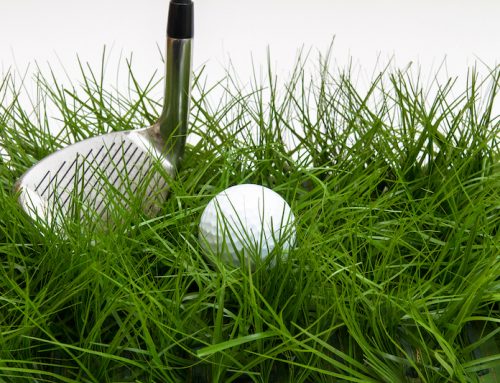By Michael Holland –
Sunflowers have it. Pine cones have it and so do pineapples.
Leonardo Di Vinci used it in his art. Many architects and builders use it.
In non-geek terms, the golden ratio is basically a math term that describes a ratio, 1 to 1.618 that is commonly found in nature. (See the end of this post for more details)
Around the year 1200, mathematician Leonardo Fibonacci discovered the unique properties of the Fibonacci sequence which basically is the sequence of numbers where each number is the sum of the previous two numbers and is same as the golden ratio.
So starting with 1, 1+1 = 2; 1+2=3; 2+3=5; 3+5=8; 5+8=13; 8+13=21 and so on it goes.
This sequence ties directly into the golden ratio because if you take any two successive Fibonacci numbers, any way you divide the numbers you end up with the same basic ratio. Getting even higher, the ratio of 144 to 233 is 1.618.
Since it so perfect in nature and building, why not use it to help in leadership.
Training Leaders
New leaders should receive development in the 1st year, 2nd year, 3rd year, 5th year, and 8th year. Think about the strength of the foundations of leadership each leader will have and the combined capacity our organization would have.
Touch Points with New Employees
Leaders should facilitate specific on-boarding and development meetings with new employees in the 1st month, 2nd month, 3rd month, 5th month, 8th month, 13th month, 21st month and 34th month.
New Habit for Your Goals Review
Create your goals for the quarter and then review them on day 1, day 2, day 3, day 5, day 8, day 21, day 34, day 55 and day 89. Then start the sequence over.
Coaching Thoughts – For You and Your Peers
- For new employees, what might you include in the touch points for each of those months?
- Ask a peer leader to partner with you in reviewing your goals in the example above. Meet to discuss progress along the way. What were the outcomes for each of you?
- Work you brain: Invest 30 minutes to learn about how the golden ratio is used in architecture and building.
Examples of the golden ratio in nature. . .
Flower petals: The number of petals on some flowers follows the Fibonacci sequence. It is believed that in the Darwinian processes, each petal is placed to allow for the best possible exposure to sunlight and other factors.
Seed heads: The seeds of a flower are often produced at the center and migrate outward to fill the space. For example, sunflowers follow this pattern.
Pinecones: The spiral pattern of the seed pods spiral upward in opposite directions. The number of steps the spirals take tend to match Fibonacci numbers.
Tree branches: The way tree branches form or split is an example of the Fibonacci sequence. Root systems and algae exhibit this formation pattern.
Shells: Many shells, including snail shells and nautilus shells, are perfect examples of the golden spiral.
Spiral galaxies: The Milky Way has a number of spiral arms, each of which has a logarithmic spiral of roughly 12 degrees. The shape of the spiral is identical to the golden spiral, and the golden rectangle can be drawn over any spiral galaxy.
DNA molecules: A DNA molecule measures 34 angstroms by 21 angstroms at each full cycle of the double helix spiral. In the Fibonacci series, 34 and 21 are successive numbers.
[https://www.livescience.com/37704-phi-golden-ratio.html]






